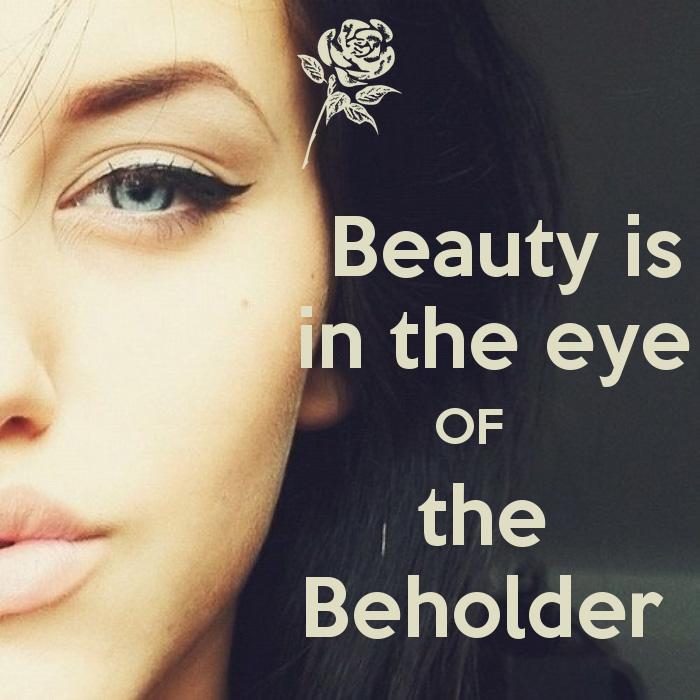

However, these colors do not correspond to clearly discernible clusters in di- or tetrachromatic visual systems. We find that individual humans tend to agree on the colors they attribute to fruits across language groups. Noël Carroll, in his study The Philosophy of Horror, or Paradoxes of the Heart, writes of an entity-based scheme of horror, in which beings that defy neat cultural categories of what is knownin other words, the monstrousarouse a sense of threat, or feelings of disgust. We used reflectance data of 67 tropical fruits and surveyed 786 participants to assess the degree to which (a) participants of different cultural and linguistic backgrounds agree on color classification of fruits and (b) human classification to a discrete set of commonly used colors (e.g., red, blue, green) corresponds to natural clusters based on light reflectance measures processed through visual systems of other animals. Ha, Stephanie M., Aging is in the eye of the beholder: Eye-tracking and person-perception analyses of young and old faces (2017). Here, we test the consistency of human color classification using fruit color as a model system. However, humans have a limited ability to perceive color compared to other animals, and human biological, cultural, and environmental variables can influence color perception. Not what works for your neighbors, not what works for your colleagues, and not what works for your peers. in 1991, for the MS-DOS operating system and later ported to the Amiga, the Sega CD and the SNES. Ultimately, all that matters is that you find what works for you. Methods: Descriptive phenomenology was the qualitative research design used to investigate mothers' experiences of traumatic births. Objective: To describe the meaning of women's birth trauma experiences. It was published by Strategic Simulations, Inc. Background: The reported prevalence of posttraumatic stress disorder after childbirth ranges from 1.5 to 6. Studies of color have long relied on subjective classifications of color by human observers. Eye of the Beholder is a role-playing video game for personal computers and video game consoles developed by Westwood Associates. Colorful displays have evolved in multiple plant and animal species as signals to mutualists, antagonists, competitors, mates, and other potential receivers.


 0 kommentar(er)
0 kommentar(er)
